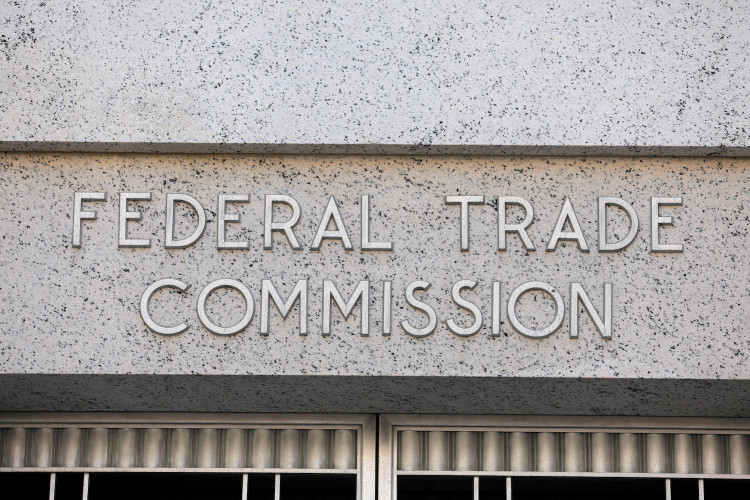On Wednesday, the Federal Reserve raised interest rates for the tenth time in just over a year, hinting that the current tightening cycle may be drawing to a close. The central bank's Federal Open Market Committee unanimously decided to increase its benchmark borrowing rate by 0.25 percentage point, a move widely anticipated by markets. The rate, which determines what banks charge each other for overnight lending and influences various consumer debt products, has reached a target range of 5%-5.25%, its highest since August 2007.
Market participants are keen to know the Fed's future direction, particularly in light of concerns surrounding economic growth and an ongoing bank crisis that has shaken Wall Street. The post-meeting statement provided only limited clarity, mainly through its omissions. It left out a sentence from the previous statement, which indicated that "the Committee anticipates that some additional policy firming may be appropriate" to achieve the Fed's 2% inflation target.
Additionally, the statement modified its language regarding the circumstances under which "additional policy firming may be appropriate." Previously, the FOMC had framed its forward guidance around determining "the extent of future increases in the target range." The statement reiterated that the Fed "will take into account the cumulative tightening of monetary policy, the lags with which monetary policy affects economic activity and inflation, and economic and financial developments."
These changes suggest that although a tight policy may persist, the outlook for actual interest rate hikes is less certain as policymakers evaluate incoming data and financial conditions. The decision comes amid a fragile US economy and opposition from prominent Democratic lawmakers who argue that the rate hikes could trigger a recession and significant job losses.
However, the labor market has remained resilient since the rate hikes began in March 2022, and inflation continues to exceed the Fed's 2% target. Multiple officials have suggested that interest rates may need to remain elevated, even if increases are paused. Alongside inflation, the Fed has had to address turmoil in the banking sector, which has seen the closure of three mid-size banks.
Although central bank officials maintain that the banking industry is stable overall, anticipated credit tightening and increased regulations are expected to further dampen economic growth, which stood at an annualized rate of 1.1% in the first quarter. The post-meeting statement observed that "tighter credit conditions for households and businesses are likely to weigh on economic activity, hiring, and inflation."
While higher interest rates have exacerbated banking issues, Fed officials insist their primary focus is on inflation. Recent data has shown a softening in price increases, with "sticky" items such as housing costs and medical care remaining high, while more volatile prices like food and energy have decelerated, according to the Atlanta Fed. Markets predict that slower growth and the risk of recession could prompt the Fed to lower interest rates later this year.
Despite six months of contraction in manufacturing, as measured by the Institute for Supply Management, the services sector has been expanding. Moreover, the labor market has proven resilient, with payroll processing firm ADP reporting a 296,000 increase in private sector hiring in April, surpassing economists' expectations. This suggests that despite the Fed's efforts to cool the job market and address supply-demand imbalances, challenges remain.






